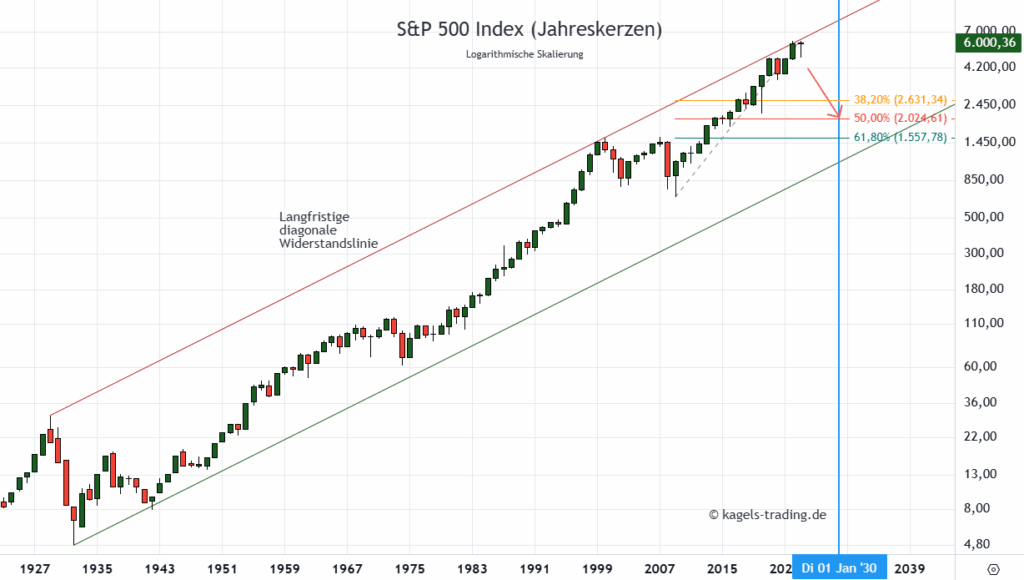
Introduction to the S&P 500
The S&P 500, or Standard & Poor’s 500, is a crucial benchmark in the financial markets that tracks the performance of 500 of the largest companies listed on stock exchanges in the United States. It serves not only as a measure of the overall health of the U.S. economy but also as a barometer for the performance of individual investments. With the growing number of economic uncertainties due to geopolitical factors and changes in fiscal policies, keeping an eye on the S&P 500 has never been more relevant.
Recent Performance and Market Trends
As of October 2023, the S&P 500 index has experienced notable fluctuations owing to a mix of corporate earnings reports, Federal Reserve policies, and inflation concerns. In the last quarterly earnings season, several major tech companies showed robust financial results, which provided a significant boost to the index. However, the persistent inflation and interest rate hikes by the Federal Reserve have raised concerns about a potential slowdown.
In recent weeks, the index has shown resilience, managing to recover from earlier dips caused by investor fears surrounding a possible recession. As of mid-October, the S&P 500 was trading just above the 4,300 mark, a level that analysts are closely monitoring for signs of sustained bullish trends.
The Significance of the S&P 500
The S&P 500 not only reflects the performance of the broader U.S. stock market but also serves as a foundational tool for investors diversifying their portfolios. Index funds and exchange-traded funds (ETFs) that track the S&P 500 allow investors to gain exposure to a wide array of sectors, thereby mitigating risk.
The index covers diverse sectors including technology, healthcare, financials, and consumer goods, making it an essential gauge for understanding where market opportunities may arise. Given its influential nature, movements in the S&P 500 can have a ripple effect on global financial markets.
Conclusion and Future Outlook
In conclusion, the S&P 500 remains a critical component of the financial landscape in 2023, reflecting both the current economic climate and market sentiment. As we head into the end of the year, expectations are that volatility may continue, particularly as the Federal Reserve navigates its monetary policies amid economic uncertainties. Investors should remain mindful of these factors as they evaluate their strategies for the upcoming fiscal quarters, particularly when considering the potential impacts on the S&P 500 index.



